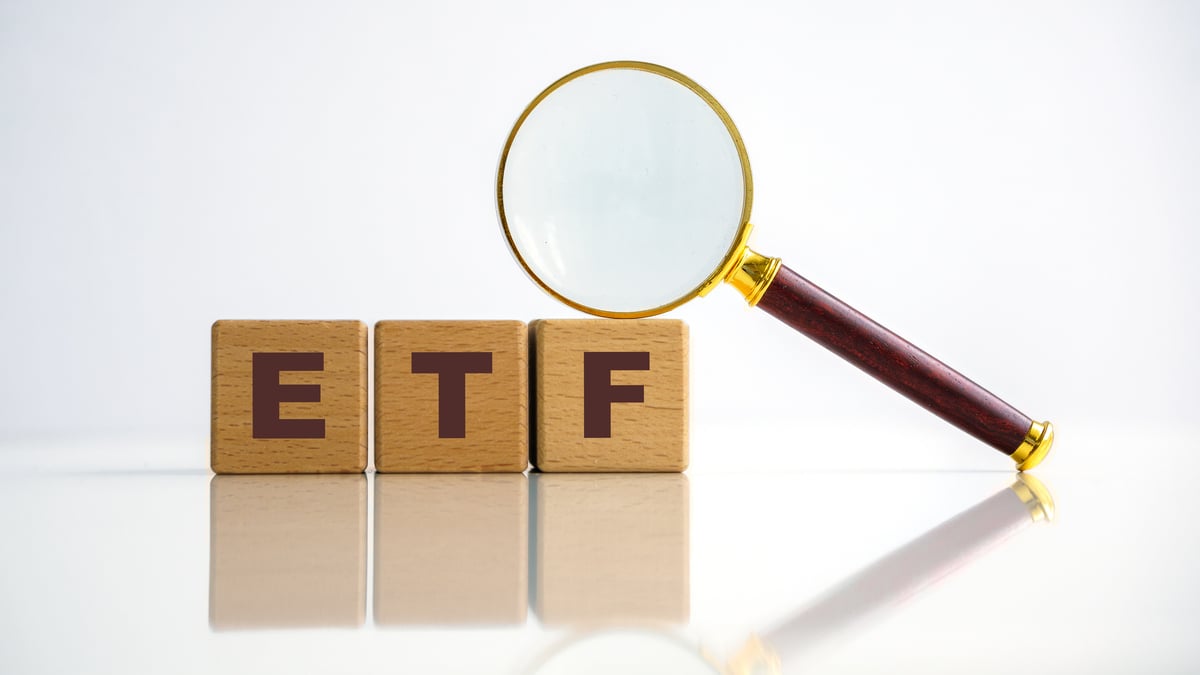While there may be a lot of chatter about market bubbles and stocks trading at high valuations, my best advice for the average investor is to tune it out. Trying to time the market can result in you missing out on big gains. Bull markets tend to have strong staying power, often lasting many years.
Moreover, even if you were able to accurately predict when a market downturn was coming and move your money to the sidelines ahead of time, you'd also need to be able to predict the right time to get back in. And you'd need to do that with a degree of precision that's unreasonable to expect: A study by J.P. Morgan revealed that the best days in the market often closely follow some of the worst, and if you missed out on the 10 best days in the market over the past 20 years, your total returns over that period would be cut nearly in half.
In short, you'd need some pretty impeccable timing to make a habit of selling out of stocks and then buying them back without hurting your returns. The better strategy for most retail investors would be to dollar-cost average your way into positions in exchange-traded funds (ETFs), and to avoid letting the market's chatter impact your investing. Index ETFs are great because they are typically low cost and give you instant diversification into a portfolio of stocks.
You could start using that strategy with as little as $1,000, but the key is to keep investing a similar amount each month. If you did that steadily and achieved a 15% annualized return, you'd have a portfolio worth more than $5.6 million at the end of 30 years. Let's look at three low-cost ETFs you can use this strategy with now.
Vanguard S&P 500 ETF

NYSEMKT: VOO
Key Data Points
Sometimes the simplest investment can be one of the smartest. Vanguard created a whole industry around investing in index funds, and its flagship Vanguard S&P 500 ETF (VOO 0.61%) is the largest ETF in the world today. Its investment strategy is simple: have a portfolio that tracks the performance of the benchmark S&P 500 index, which consists of the 500 largest U.S. companies.
The S&P 500 is a market-cap-weighted index, which means that the larger a company is by market capitalization (the total value of its shares outstanding), the greater the percentage of the index it accounts for. As such, the stocks that outperform the market eventually become the stocks that drive the market itself.
This has led to stellar returns for the fund over the years. Over the past decade, the ETF has generated an average annualized return of 15.3%, as of the end of September.
Invesco QQQ Trust

NASDAQ: QQQ
Key Data Points
Growth stocks have been the driving force in the market for the past decade, and the Invesco QQQ Trust (QQQ 1.12%) has been one of the best-performing ETFs over that time. The ETF mirrors the performance of the Nasdaq-100 index, which is made up of 100 of the largest non-financial stocks that trade on the Nasdaq Exchange. Like the S&P 500, it's market-cap weighted.
The Nasdaq has long been the exchange that tech and growth companies were more likely to list on, and that pattern continues to this day. Technology sector stocks account for more than 60% of its holdings, and that doesn't even include tech-adjacent heavyweights like Amazon and Tesla that get formally categorized into other sectors. (Both of those are, strictly speaking, consumer discretionary companies.)
The ETF has been a huge performer over the past decade, with an average annualized return of 20.3% over that stretch. Even more impressive is that it has outperformed the S&P 500 on a 12-month rolling basis nearly 80% of the time.

Image source: Getty Images
Schwab U.S. Dividend Equity ETF

NYSEMKT: SCHD
Key Data Points
Finally, the Schwab U.S. Dividend Equity ETF (SCHD +0.38%) hasn't quite kept pace with the S&P 500 or Nasdaq-100 over the past decade, but this value-oriented ETF should not be ignored. While growth stocks are clearly in favor right now, value stocks have also had long stretches of outperforming the broad market in the past.
The ETF tracks the Dow Jones U.S. Dividend 100 index, which vets dividend-paying stocks based on criteria like free-cash-flow-to-debt ratios and return on equity, so you're getting an assortment of companies that are set up well to continue growing their payouts. It also reconstitutes its portfolio annually, so investors are at less risk of owning value traps.
The ETF has a nearly 4% yield, and it has produced a 12.2% annualized return over the past 10 years, which outpaced the gains of most other value ETFs. In a world where some growth stocks are looking a little frothy, investing in the Schwab U.S. Dividend Equity ETF can add some nice balance to your portfolio.





